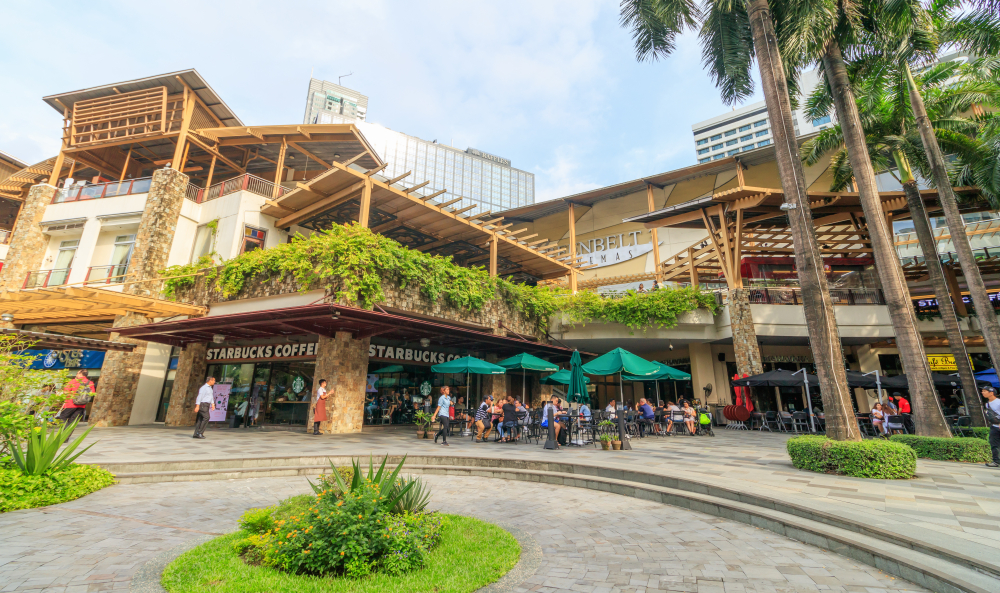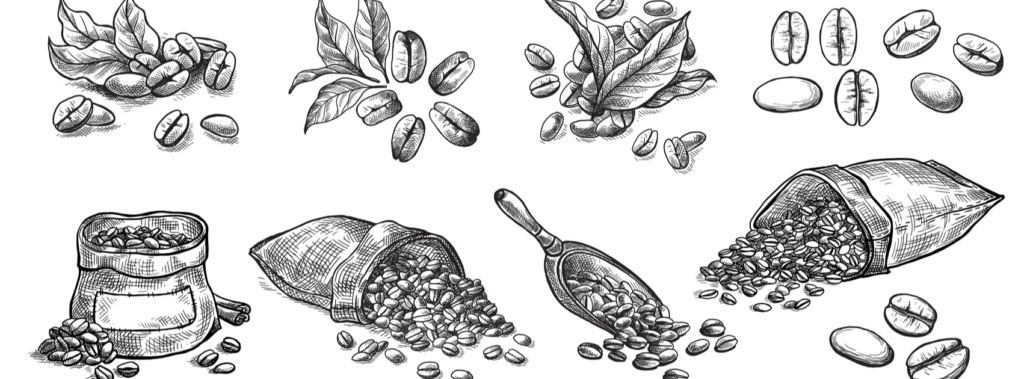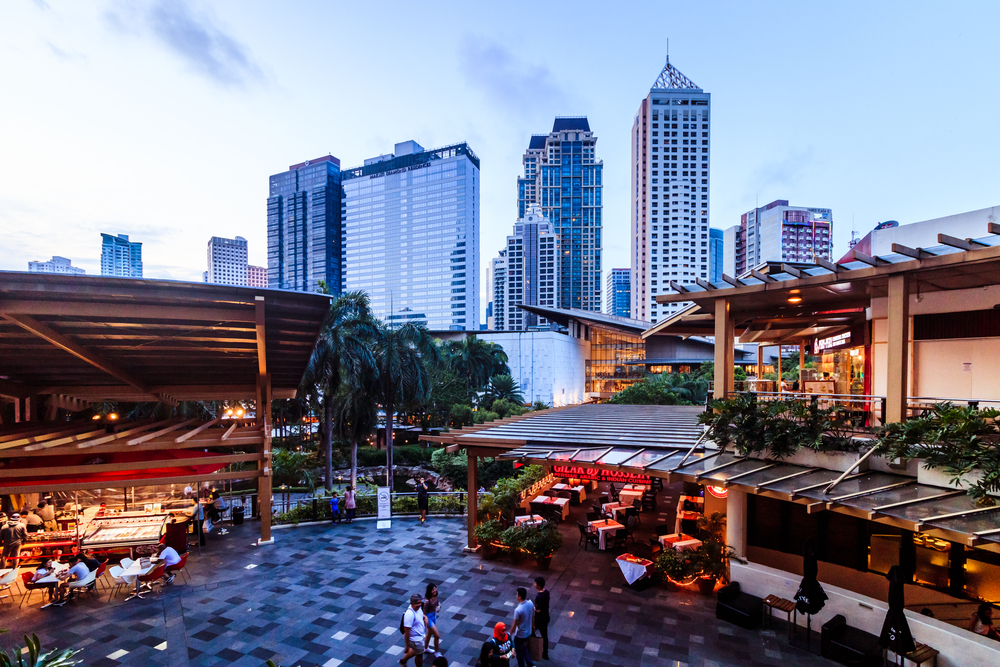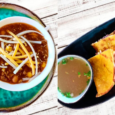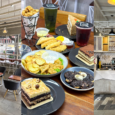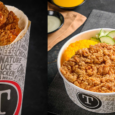Coffee keeps you more than awake. Throughout the world and especially in Manila, people enjoy their cup of brew with friends and conversations. Coffee is more than just a staple in the office, where you need to rush things and be perked up. People also enjoy coffee with friends after work, and it is considered a relaxing way to wind down and just have a peaceful time. Many cafés have cropped up in Manila in the past decade to ride with the fame of drinking coffee that has spread across the globe. Thus, there is coffee that will suit every type of taste, from the simplest to the grandest.
Here are just some of the ways the coffee culture has hit Manila and how people are enjoying it:
Specialty Coffee
People who make specialty coffee have made it their life’s work. At the frontlines of specialty coffee is the farmer who has probably been through generations of a family that has made it their life’s quest to make the best coffee possible in their region. There are many things involved in making specialty coffee, and these include the nurturing of the plant beans, the soil, the altitude, and the weather. The best coffee must be made with high-quality standards, and no shortcuts are made to produce the best-tasting coffee that everyone will appreciate.
In Manila, there are many types of coffee chains that have emerged to offer specialty coffees. Starbucks, for one, has many carefully crafted beans, which they sell at an affordable price, and with the proliferation of Starbucks and international coffee chains in Manila, people are sure to find some specialty coffee when they want something high grade and something to warm them on chilly nights.
Coffee from Specific Regions around the World
Coffee lovers in Manila also enjoy the brew of Lamill coffee, which has refined and exacting quality standards when it comes to coffee.
Single-origin coffee has also come to the shores of the country, making Manila’s coffee culture more exciting and more exacting. Single-origin coffees are a type of coffee that is traceable to a specific region or estate. Single-origin helps people know exactly where their coffee comes from, and these types of coffees are usually of a higher quality than the rest. Owners of these cafés claim that they want to make coffee the right way, and want to bring in flavors and roasts that have undergone the highest quality procedures.
Local Coffees
The Philippines is also known as a coffee-producing country, and the country has its own blends and roasts with its own distinct quality. Barako coffee is especially famous in the Philippines and is grown in the humid mountain regions. Barako earned its namesake because it is so black and undergoes a special preparation wherein the green beans are boiled first before being roasted into a coffee. There are many types of Barako coffee, but the most popular are the Batangas and
Canla-on brews. These coffee species are farmed in the mountains.
These types of coffee are enjoyed fresh, but they are also mass-produced, so they can be enjoyed by a higher number of people. Cafés and bars that use these beans are also grinding their own coffee to make the flavors fresh.
Another type of coffee that is famous in Southeast Asia, as well as the Philippines, is the kopi luwak or “civet coffee.” The coffee is eaten by civet cats, and their coffee droppings are then collected by morning. This is a rare and expensive kind of coffee, and it can fetch up to 150 dollars per kilo.
Local coffee, especially the mass produced ones, can even be enjoyed with street food by commuters on a rush.
Coffee with Comfort Food
Single-origin coffee and specialty coffee are considered the third wave of enjoying coffee. Many cafés serve imported coffee beans, as well as locally-sourced coffee beans to have a rich menu that will fit every taste. Of course, no coffee drinking session is complete without some sumptuous side dishes, and many cafés serve comfort food along with a fine tasting brew. Selections range from full meals to sandwiches and delectable desserts. Sometimes, the comfort food enjoys fame on its own and gets a following. St. Marc Café, for example, is made famous by its rich buttery croissants and premium bittersweet chocolate, and their carbonara pasta.
Vietnamese Lattes and Espresso Coffees
Vietnamese latte is also a type of coffee famous in Manila. Vietnamese lattes are made by brewing coffee and infusing it with rich condensed milk. Coffee with milk, such as espresso, is much loved by the Manila crowd and is often a staple in many cafés around the Metro. The beans that make up the espresso are sourced from bean-growing regions around the world, such as Honduras, Indonesia, Columbia, and Brazil.
Seasonal Coffee
Coffee is seasonal like fruits, and in order to get the freshest products, some cafés opt to get their coffee beans depending on what’s in season. Caravan Black, for example, is a café that would have brews from Panama, Peru, and Papua New Guinea. This isn’t a consistent offering, though, and there will be months where they will be serving coffee from other regions. They consider this practice as something exciting because every cup is a surprise, and you are never sure what you are going to get. This keeps its offerings from being stale and boring.
Iced Coffees
Manila has a hot and warm climate, and coffee is not just best served hot—it is also best served cold. Many people enjoy their iced coffees, and it has also gained popularity among specialty cafés in the Metro. Caravan Black, for example, has an iced drink made from espresso and milk, mixed with their appetizingly sweet coffee jelly. Iced coffees in popular international coffee chains such as Starbucks are also popular among yuppies and students who are after a chance to chill off, as well as have great conversations.
Coffee is much more than just a drink; it is a culture. It initiates conversations and brings people together. Coffee making is also an art in itself, and it begins with the humble hands of the farmer and undergoes an intricate and high-quality process in which the end result drank by the consumer can only be a work of art and passion.
Do you have a story for the WhenInManila.com Team? Email us at story.wheninmanila@gmail.com or send us a direct message at WhenInManila.com Facebook Page. Interact with the team and join the WhenInManila.com Community at WIM Squad!

